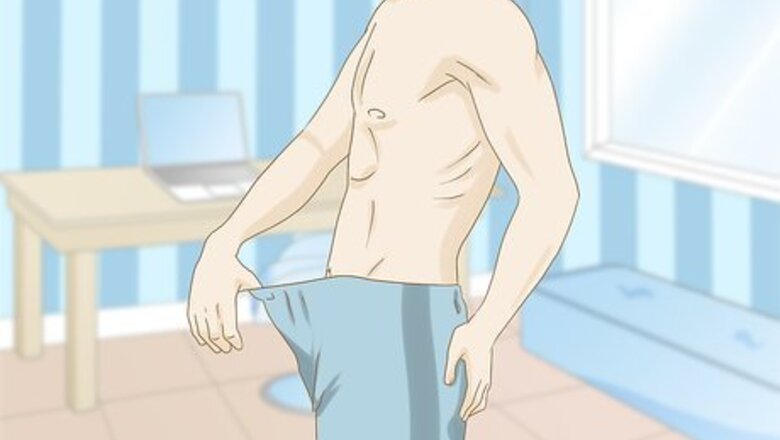
views
X
Research source
As with most cancers, early detection is critical to successful treatment and recovery. Understanding risk factors, symptoms, and conducting routine testicular exams is an important part of early detection. You can give yourself a testicular exam once a month in the shower to detect any irregularities early.[2]
X
Expert Source
Robert Dhir, MDBoard Certified Urologist & Urological Surgeon
Expert Interview. 23 September 2020.
Performing a Testicular Self-Examination
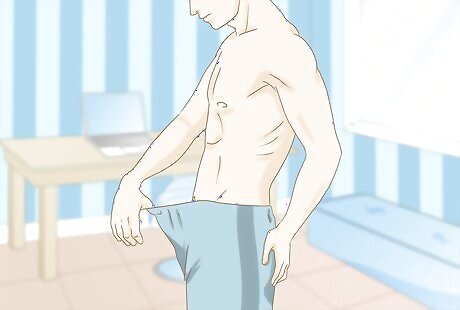
Know the symptoms. In order to perform your self-exam accurately, know what to look for in the event cancer may be present. This self-exam is designed to check for the following symptoms: A lump within the testicle. The lump does not have to be large or painful to warrant a doctor visit as tumors can begin as small as a pea or a grain of rice. Testicular Enlargement. This can be of one or both testicles. Note that it is normal for one testicle to hang slightly lower than the other and to be slightly larger than the other. However, if one testicle is larger than the other or has an abnormal shape or hardness, consult a doctor. Changes in density or texture. Has one testicle become abnormally firm or lumpy? Healthy testicles are completely smooth all over. Note that the testicles are connected to the vas deferens via a small, soft tube at the top called the epididymis. If you feel this while inspecting your testicles, don't be alarmed; this is normal.

Find a mirror and some privacy. Find a room where you won't be disturbed and make sure to have a reasonable-sized, (hands-free, if available) mirror. A bathroom mirror or full length mirror can work well. Being able to visually observe an abnormality of the scrotum is an important aspect of the exam and will require removing any clothing currently covering your lower body, including undergarments.
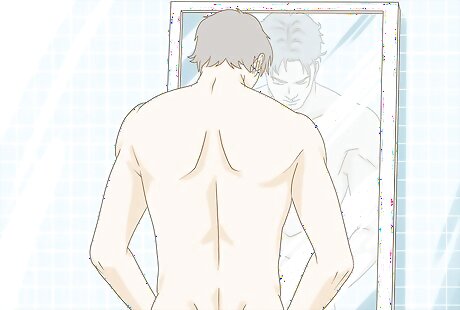
Observe the condition of the skin. Stand in front of the mirror and examine the skin of the scrotum. Are any lumps visible? Is swelling present? Is there discoloration or anything else that seems out of the ordinary? Be sure to examine all sides of the scrotum, including the back.

Feel for abnormalities. Continue to stand and hold the scrotum in both hands with your fingertips touching, making a kind of basket with your fingers. Hold a teste between your thumb and index finger on the same hand. Press gently to check the density and texture of the teste, then gently roll the teste between your thumb and first finger. Do the same to the other teste using the alternate hand. Take your time. Make sure to thoroughly check the entire surface of each testicle.
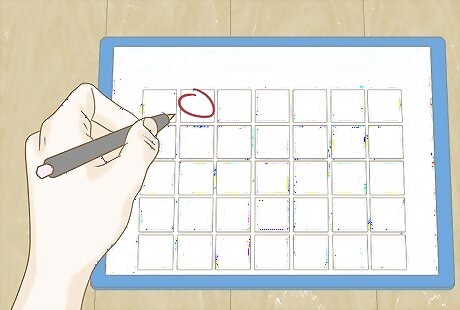
Schedule a yearly physical exam. In addition to performing a monthly self exam, schedule a physical exam with their doctor at least once a year. Your doctor will perform a testicular exam in addition to other exams and tests used to determine your overall health. If you are experiencing symptoms, however, do not wait for your scheduled exam date; contact a doctor right away for an appointment.
Understanding Your Risk Factors

Know what your risks are. Early prevention is crucial to the successful treatment of cancer. Being aware of your risk profile can make you responsive to symptoms if and when they occur. Below is list of known risk factors to be aware of: Family history of testicular cancer. An undescended testicle (also called cryptorchidism). Three out of four cases of testicular cancer occur in an individual with an undescended testicle. Intratubular Germ Cell Neoplasia (IGCN). Often called "carcinoma in situ" (CIS), IGCN occurs when cancer cells manifest in germ cells within the seminiferous tubules where these cells are formed. IGCN and CIS is uniform precursors to cancerous tumors of the testes and, in 90% of cases, is found in tissues surrounding a tumor. Ethnicity. Studies in the US have shown that Caucasian people are more likely to get testicular cancer than other ethnic groups. Previous Diagnosis. If you have had and recovered from a prior testicular cancer diagnosis, you are at increased risk that the other testicle will be affected.
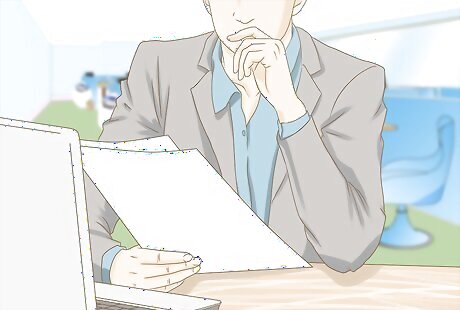
Understand that being at risk is not a guarantee that you will develop cancer. Studies have shown that managing environmental risks like diet and exercise, as well as refraining from the consumption of cigarettes and alcohol, can help prevent carcinogenesis, the process by which healthy cells turn into cancerous ones.
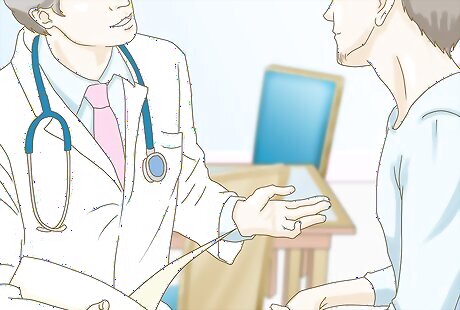
Talk to your doctor about preventative therapies. If you are at risk for testicular cancer, clinical trials are currently underway to broaden the variety of preventative therapies; however, available proactive drug regimens like chemoprevention have been shown to prevent the growth and/or re-occurrence of cancer. Your doctor will know if this is option is right for you.
Taking Action If Symptoms Are Present
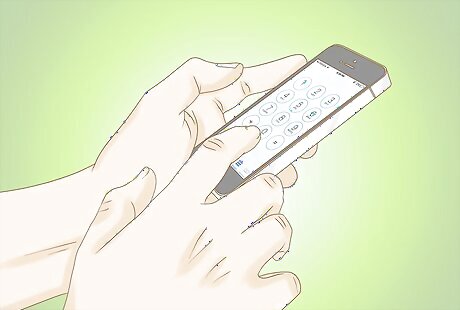
Contact a doctor. During a testicular exam, if you encounter a lump, swelling, soreness, unusual hardness, or any other warning sign, get in touch with your doctor right away. Though these symptoms may not confirm the presence of testicular cancer, it is very important to have a thorough examination to know for sure. Mention your symptoms when making a doctor's appointment. This increases the likelihood that your doctor will see you promptly.

Recording all additional symptoms. If you notice any other symptoms affecting either your testicles or any other part of your body, write up a list. Record even those symptoms that do not seem consistent with testicular cancer symptoms. The extra information may help your doctor as he/she makes a diagnosis and and designs a suitable treatment plan. Some of these symptoms may include: Heaviness, or an aching sensation in the lower abdomen or scrotum. Pain in the lower back, unassociated with stiffness or injury. Swelling of the breasts (rare). Infertility. In rare cases, an individual may experience no other symptoms except infertility.

Stay calm and optimistic. Once you've made your doctor's appointment, relax. Remind yourself that 95% of cases are completely curable, and early detection increases that rate to 99%. Additionally, know that your symptoms may signal other, less serious causes, including: A cyst in the epididymis (the tube at the top of the testicle) called a spermatocele. An enlarged testicular blood vessel called a varicocele. A fluid buildup in the testicular membrane called a hydrocele. A tear or opening in the abdominal muscle called a hernia.

Keep your appointment. When you meet with a doctor, he or she will perform the same kind of testicular exam as you did to check for the problems you felt. You will be asked for any additional symptoms. The doctor may examine other parts of your body, like your stomach or groin, to check for the spread of cancer. If the doctor feels anything out of the ordinary, additional tests will confirm a diagnosis. to determine whether there is a tumor.












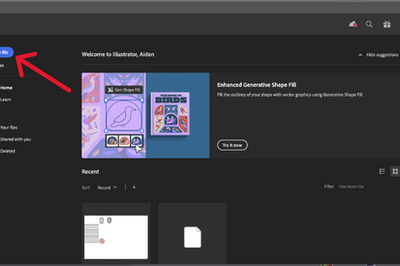


Comments
0 comment